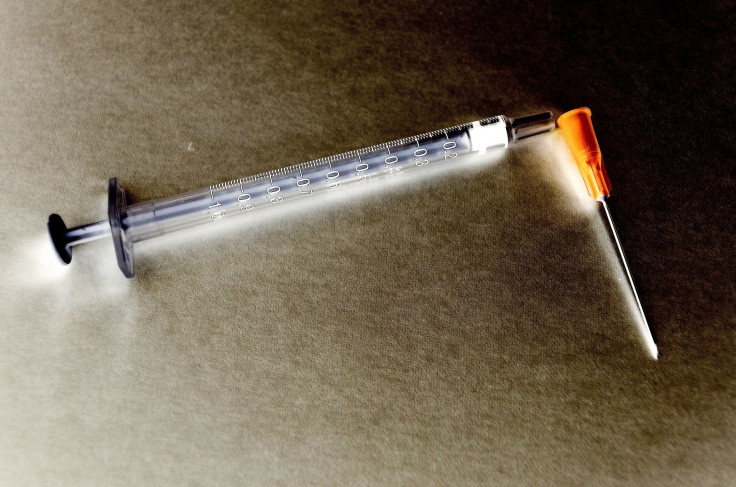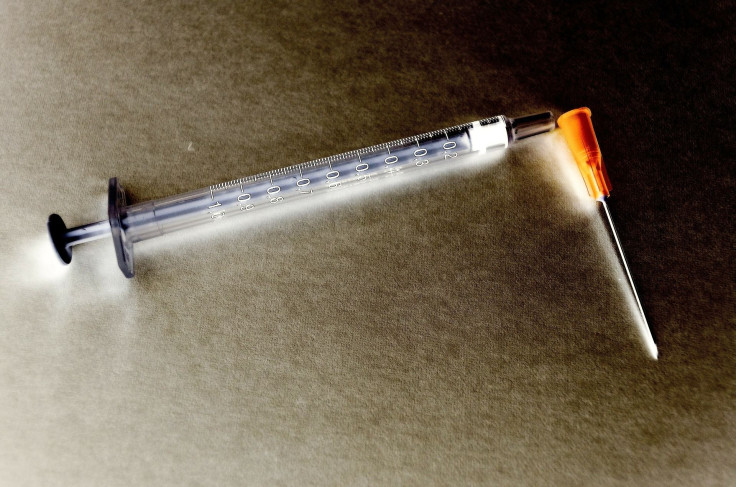Anti-Vaxxers May Have Caused The Largest Measles Outbreak This Year; Health Officials To Declare State Of Emergency

Measles was a highly contagious respiratory infection that causes a severe rash and flu-like symptoms. Worldwide, it affects more than 20 million people every year, but outbreaks have become scarce in the United States with the advent of the measles vaccine, first developed in the 1960s. In 2000, the disease was formally eradicated in the United States, meaning it no longer naturally occurs within the country's borders. Unfortunately, there are still occasional cases being brought over by travelers, and in recent years, the anti-vaccination movement has made potential outbreaks much more potent than they'd be otherwise, including, most recently, in Arizona.
According to Arizona health officials, the largest measles outbreak of 2016 is underway, and it’s in part because of people who neglect to get vaccinated. Arizona’s Pinal County health director Thomas Schryer said there is currently 22 confirmed cases that they believe was sparked by an unvaccinated immigrant who brought his infection into the local community.
“So they’re actually the ones that are passing along the measles among each other and then going out into the community,” said Schryer, who strongly encouraged immediate vaccination. “Once they understand how important it is and the outcomes it can have on the community, they tend to cooperate.”
The outbreak was traced from the Eloy Detention Center in Eloy, AZ, an Immigration and Customs Enforcement (ICE) facility managed by the private firm Corrections Corporation of America. The facility doesn't require mandatory vaccination and proof of immigrant immunity is difficult. The firm employs roughly 350 workers within the facility, with another 100 staffers directly employed by ICE, according to Schryer, and the facility currently houses over 1,200 detainees. When immigrant detainees travel into the facility without vaccinations, they put unvaccinated staffers at a high risk for contracting the virus. One staff member was hospitalized for four days because of the severity of their case.
“To trigger a four-day stay in the hospital requires that you have to be pretty darn sick,” Schryer said. “It’s not really something to play with, and maybe they just underestimated the seriousness of it.”

The first measles vaccine was licensed in 1963 during a time when virtually all children acquired measles. Thanks to the widespread and routine availability of immunizations, the number of measles cases steadily declined. The National Vaccine Information Center has been tracking measles outbreaks for over a century, and found it occurs in cycles typically every two to three years. Last year, the U.S. experienced an outbreak of 84 measles cases that originated in Disneyland and spread throughout 14 states across the country.
According to the Centers for Disease Control and Prevention, the majority of people who contract measles are unvaccinated, which causes it to quickly spread throughout a community. In fact, 90 percent of people who have not been vaccinated for measles will get it if they are within the vicinity of an infected person, thanks to it being easily spread by breathing, sneezing, coughing, or even by touching a carrier's personal items.
When a person contacts the measles virus, it's advised they stay at home and not return to work or school for at least 21 days post exposure. People who choose to roll the dice and refuse to vaccinate themselves or their children may choose to do so for a variety of reasons, but one of the most common concerns is that the vaccines will overwhelm the immune system. In truth, the amount of antigens in modern-day vaccines, which is what helps the body build up immunity against potential infections, is a fraction compared to what children used to receive years ago. Regardless, those against immunization have continued to meet vaccination efforts with resistance.
If the outbreak continues to worsen, health officials may ask the governor of Arizona to declare a state of emergency.



























